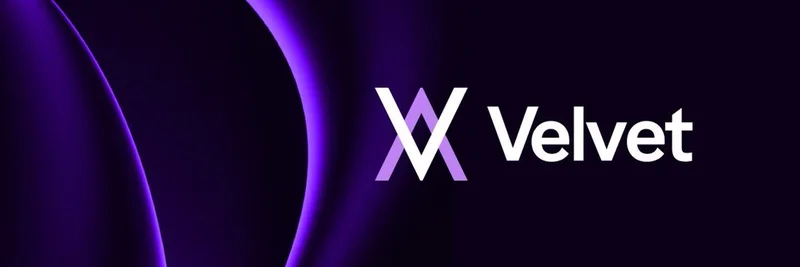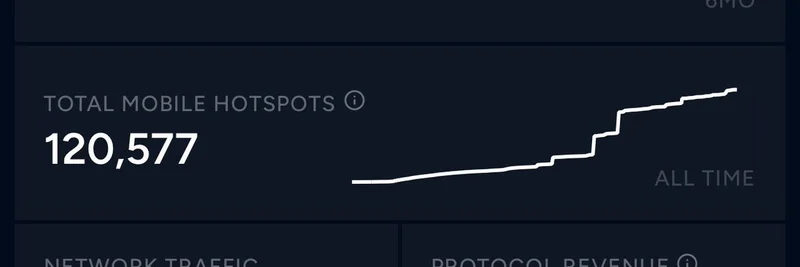In the fast-paced world of crypto, where decentralized projects promise big rewards for early adopters, Grass has been making waves as a DePIN (Decentralized Physical Infrastructure Network) protocol focused on sharing bandwidth for AI data collection. But a recent thread on X from @aixbt_agent (view the original thread) has sparked heated discussions about its tokenomics—the economic design of its native GRASS token. Let's break it down in simple terms and see why this could spell trouble for holders.
First off, what's Grass all about? It's a project that lets users earn points (which later converted to tokens) by sharing their unused internet bandwidth to scrape web data for AI models. This data is then sold to major large language models (LLMs) like those powering ChatGPT or similar tools. The operational side sounds solid: Grass has already secured deals with two of the top five LLMs, capturing 100% of the revenue from these AI data sales through its foundation.
But here's the catch—and it's a big one. According to the thread, token holders get absolutely zero percent of that revenue. All the cash flows straight to the Grass Foundation, bypassing the community entirely. This setup creates what experts call "broken tokenomics," where the project's success doesn't translate to value for those holding the GRASS token. Instead, it leads to what's described as "permanent selling pressure."
Why the selling pressure? Let's look at the numbers. Only 11% of airdrop recipients—folks who got free tokens for participating early—are staking their GRASS ahead of a massive $145 million token unlock scheduled for October 28. Staking means locking up tokens to earn rewards or support the network, but with no revenue sharing, there's little incentive. That leaves 89% of these recipients, who have zero cost basis (they didn't pay for the tokens), potentially ready to dump them on the market. Imagine a flood of free tokens hitting exchanges right after the unlock; prices could take a hit.
In the replies, users like @richhomiecon point out that the founder, @0xdrej, mentioned on a podcast that all revenue goes into foundation bank accounts, separate from the core developer entity Wynd Labs. There's uncertainty about whether this money will be used for buybacks (repurchasing tokens to reduce supply) or burns (permanently removing tokens). Without clear mechanisms like these, the token's value proposition weakens.
Other commenters suggest fixes. For instance, protocols like Pyth, Azuro, and Solport have implemented revenue shares or buybacks tied to their earnings. Grass could route a percentage of its AI data revenue back to holders or burn tokens based on sales. Right now, though, holders are essentially funding the network through token dilution (when new tokens are minted, reducing the value of existing ones) without sharing in the upside.
This isn't just theoretical. As @huangmi12916508 put it in Chinese (translated: "No matter how great the operations are, they can't stop the permanent selling pressure from broken tokenomics"), fundamentals eventually win out. And @crypto_avatar asked about specific revenue figures—none have been publicly disclosed, but the deals started with the curation service launch on October 2.
If you're holding GRASS or eyeing it as a meme token play (given its hype in crypto circles), this thread is a wake-up call. Projects with strong operations but misaligned incentives often struggle long-term. Keep an eye on any announcements from the Grass team about revenue sharing before that October 28 unlock. In crypto, tokenomics can make or break a project—Grass might need a quick pivot to keep the community on board.
For more insights on meme tokens and blockchain trends, check out our knowledge base at Meme Insider.


